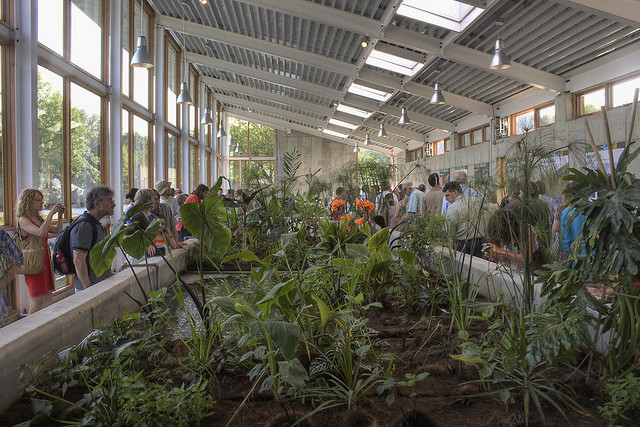Code Green Solutions


Lots of people in the fields of green building and sustainability are talking about “social equity” these days, recognizing that it has been a neglected part of our work. While buildings are not the only or even the major cause of many inequities, what can our interiors projects, buildings, and communities do to address these issues?
In researching a new Insight Technical Report on Social Equity and the Built Environment, Heather Rosenberg and I were struck by the different definitions that were used and the different perspectives on what “social equity” is. How can we encourage people to incorporate social equity into their projects, provide credit in LEED, or understand the impacts of what we do unless we understand more clearly what “it” is? People talking about “diversity” or “wages” could be referring to the workers in the building or the construction crews. People talking about “worker safety” could be talking about construction crews or the people who manufacture the products used in the building. And, these different perspectives mean that people are too often talking past one another.
We found that social equity for the built environment could be defined in terms of the people involved:
When we make these clear distinctions, we see that the strategies are quite different for each group of stakeholders. While the fundamental principles are similar – such as access to jobs, food, affordable housing, health care, education; fair wages; safe environments for work and living; and so forth – the actual strategies used by a project will differ. Strategies will, of course, also vary based on location and context, since social equity issues and solutions are rooted in place.
Our study identified some projects that have attempted to address social equity in various ways. This collection is only a starting point but enables project teams to gather ideas for their own work and provides useful information for efforts to develop pilot credits on social equity for LEED.